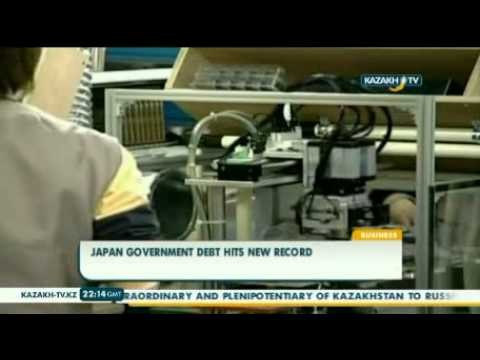Carry trade sees Japanese inflows to Asia hit record trillion yen
Post on: 23 Сентябрь, 2015 No Comment

Promotions
Japanese investors are buying Asian assets like never before as Prime Minister Shinzo Abe’s policies make the yen a lucrative means to fund bets on regional growth.
A net 1.82 trillion yen (HK$120 billion) flowed into stocks and bonds in the rest of Asia in the first nine months of 2014, 76 per cent more than the previous record in 2007, data from Japan’s Ministry of Finance showed. Borrowing in yen to invest in the 10 currencies that make up the Bloomberg-JPMorgan Asia Dollar Index returned an annualised 13 per cent for the year to date.
That beat so-called carry trades funded in euros and US dollars, which gained 11 per cent and 0.3 per cent, respectively.
Abe’s unprecedented stimulus to fuel inflation has boosted Asian markets, providing them with a buffer against potential outflows as the United States prepares to raise borrowing costs next year.
Inflows to Asia are also bolstered by the People’s Bank of China’s decision to cut interest rates for the first time since 2012 and as the European Central Bank considers further monetary easing.
Japanese investors caught the same grab-for-yield bug that investors everywhere caught, said Tim Condon, head of Asian research at ING Groep in Singapore. With the PBOC joining the Bank of Japan in increasing accommodation and the ECB expected to join, the grab for yield looks set to persist in 2015.
The yen has tumbled at least 16 per cent against all its 16 major counterparts in the past two years as Abe implemented his three policy arrows of monetary easing, fiscal spending and structural reform, designed to revive the economy and end two decades of deflation.
Japan unexpectedly sank into a recession in the last quarter and consumer price gains slowed in September for a fourth month.
The policies, known as Abenomics, pushed local government bond yields to among the lowest globally, prompting Japanese investors to seek higher returns abroad.
Asia received almost six times more inflows from Japan in the first nine months of this year than the average over the past decade, compared with 2.6 times for Central America and 1.3 times for North America, finance ministry data showed.
Outflows are set to increase after Japan’s US$1.1 trillion Government Pension Investment Fund, the world’s largest, said it increased allocation targets for overseas equities to 25 per cent from 12 per cent and for debt to 15 per cent from 11 per cent.
The fund must be ready to buy more shares should Abe’s policies succeed, said Tokihiko Shimizu, director general of the fund’s research department.
There’s going to be a scarcity of domestic bonds in Japan, said Greg Gibbs, the head of Asia-Pacific markets strategy at Royal Bank of Scotland Group in Singapore. Yields are so low that it’s generating outflows.
The yield on Japan’s 10-year sovereign bonds reached a record low of 0.315 per cent in April 2013. It was 0.429 per cent on Wednesday, exceeding only Switzerland’s 0.349 per cent.

Japanese investors had accumulated about US$30 billion of overseas equities since June, UBS said in a research note. They preferred stocks to bonds because yields were low even outside Japan, said Masashi Murata, a currency strategist at Brown Brothers Harriman & Co.
Indonesia, the Philippines and India are likely to be the destinations of Japanese flows, Murata said. They benefit from the US recovery and have medium to long-term growth prospects.
The world’s largest economy grew at a 3.9 per cent annualised rate last quarter, faster than an initial estimate of 3.5 per cent, the US government reported.
If the other emerging markets stabilise, it could draw some flows out from Asia, said Khoon Goh, a Singapore-based strategist at Australia & New Zealand Banking Group. We’ve had geopolitics turning investors off Russia and emerging European assets, and weak growth coupled with political uncertainty affecting Latin America.
Faster US growth would also make that country a more attractive investment destination, Goh added.
Nomura Holdings estimates Japanese investors will pump US$34 billion into Asian stocks and bonds in the next two years.
The region’s economies continue to perform well and generally exhibit strong economic fundamentals, said Thiam Hee Ng, a senior economist at the Asian Development Bank in Manila. Once Japanese investors get more familiar and comfortable with other markets, they will increasingly see Asia as a useful diversification play.














